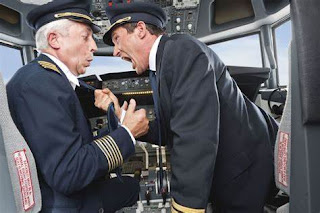F-15 to F-35 Engines

For this weeks blog post I did not have to look anywhere but instead listen. What I mean by that is the F-15 and F-35’s taking off outside my house is what gave me inspiration to write about what I know and love, jet engines. The F-15 carries around 2 F100-220/229 and has been doing so since the 1970’s and it is my job to tear down, inspect, rebuild, and test these engines making sure they can stay in a Jet as long as possible. Pratt and Whitney also had this in mind as they constantly update and revise certain things inside the engine whether it’s a Turbine, Stator, or even an engine computer, they are constantly learning and tweaking the engine to make it more efficient and stronger. They also used this motor to help develop other motors, to include the F-135 engine. With the new F-135 engine, producing double the thrust of a 229 (roughly 43,000 lbf) it also derived in a wa...





